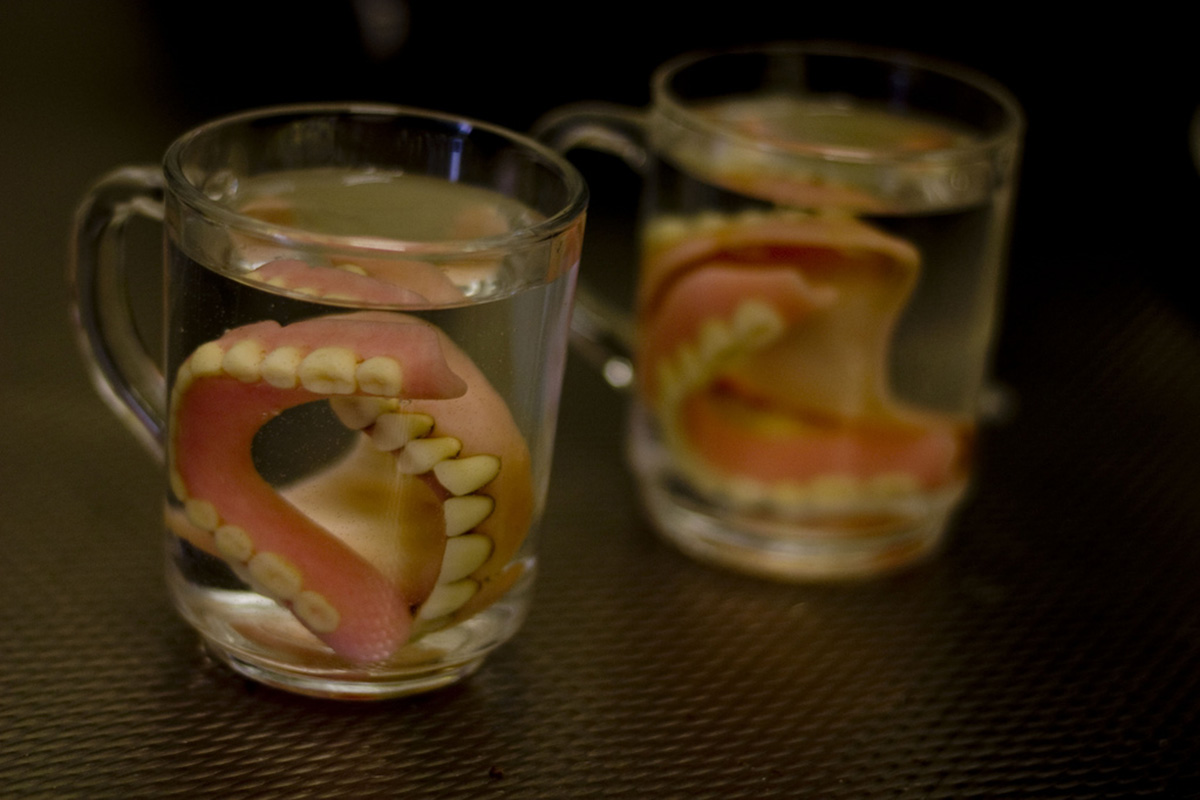Table of Contents
Lightweight
The first thing that patients notice when they go from normal dentures to flexible ones is the decrease in weight. The stronger material allows for a much thinner prosthesis that is much more comfortable to wear.[4]
You would think that a lighter prosthesis would be very beneficial for the upper arch, however, there the palate provides rigid support and no tongue is present to keep dislodging the denture. The lower arch prosthesis made of a flexible material is much better accepted because it is lighter, extends less towards the tongue and also allows for the natural flexion of the lower jaw.

Esthetic Advantages
The metallic clasps that are a dead giveaway with conventional dentures are replaced by clasps made of the same flexible acrylic material. The design also ensures that the entire denture is just one piece. There are no joints or attachments as in the case of metallic clasps.
It looks better and it fits better.
Allows For A Minimally Invasive Approach
Conventional dentures needed the preparation of healthy tooth structure so that "rests" could be prepared on them. These rests were quite technique sensitive to prepare and compromised healthy teeth. A lot of the time, more and more rests would be added to make the dentures more rigid and retentive.
Flexible dentures do not need any tooth preparation whatsoever.
Decreased Incidence Of Allergies
Patients all over the world are much more likely to develop an allergy to the metallic components used in the conventional dentures. They also suffer reactions to the acrylic that is used commonly in dentures.
Flexible dentures though do not have the same problem. One of the criticisms of this claim is that the number of flexible dentures used by people all over the world is much smaller, and thus the reports of allergies are lessened as well. There may be some partial truth to that, although anecdotal evidence suggests that these dentures are tolerated better by the oral tissues.
Disadvantages
There are certain drawbacks to using flexible dentures as well. These should be made clear to patients before the treatment process. The biggest disadvantage that patients face is that a flexible denture is not repairable. There is no addition that can be made to it.
If it breaks or becomes loose then a new one has to be made. The other disadvantage is that the dentures are quite technique sensitive to make. Not all laboratories have the facilities to make these kinds of dentures, which is a real issue faced by dentists who are practicing in rural areas of underdeveloped countries.
Conclusion
READ Permanent dentures: Pros and cons
Flexible dentures have been around for quite a while now, but they are still not very well known among patients. Dentures made from this material can be a real boon for patients who are looking for dentures made out of aesthetic materials yet strong enough to last them a long time. The fact that this is extremely affordable as compared to other treatment options also make it very attractive to patients.
- Photo courtesy of aiwells: www.flickr.com/photos/aiwells/4900470272/
- Photo courtesy of sandervds: www.flickr.com/photos/sandervds/3483682854/

